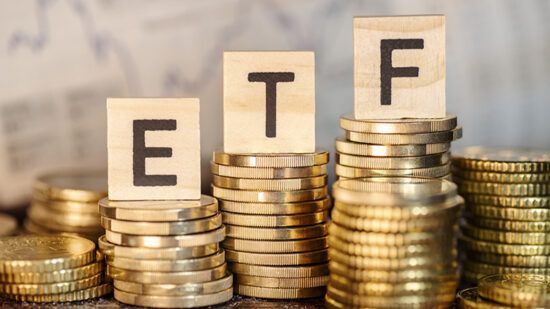McKinsey Global Institute has said that Europe’s investment in intellectual property (IP) and equipment is half that of the US, measured as per capita.
This was one of the conclusions reached in its new article, Investment: Taking the Pulse of European Competitiveness, which the firm released the week on its website. Two years ago, writes McKinsey, large US corporations devoted around €700bn more to capital and expenditure than their European counterparts. At the same time, it said that the continent’s venture capital assets under management are around 25% of the US’s total.
It is posited in the article that Europe’s net investment in the world’s most-productive assets is also low in comparison with the level before the global financial crisis.
The McKinsey authors wrote: “After the global financial crisis, net investment fell precipitously, and it remains down €550bn a year. After the global financial crisis, net investment in the United States and Europe fell significantly, but the decline was especially pronounced in Europe amid the eurozone crisis, an environment of austerity, and weak demand.”
See also: PGIM: Fund selectors claim clients are underinvested in private markets
They added: “In the past decade, European net investment rates as a share of GDP were on average 2.8 percentage points or about €550bn a year (nominal) lower than in the decade before the global financial crisis. Note that this research emphasises net fixed capital formation (that is, after subtracting depreciation and impairment of existing assets) rather than the more commonly used gross numbers. This is because only net additions to the capital stock, not their replacement, drive capital deepening, productivity, and wealth.”
There is little good news in the article. McKinsey posits that while Europe’s investment share of GDP appears to ‘be healthy on the surface’, the continent is not investing on the same order of magnitude as in the US when it comes to machinery and equipment, IP, R&D, and software. This comes, said McKinsey, against average economic returns of 25% more than other assets.
To raise its investment pulse, say McKinsey, Europe needs to reemphasise the removal of barriers, including high energy costs, a ‘severe’ shortage of talent, geopolitical uncertainty, and business- and labour-market regulation.
On the last point, the McKinsey authors wrote: “Business regulation was cited as a major obstacle by 25% of respondents in the latest European Investment Bank investment report. Moving closer to a true European single market with at least common, if not business-friendlier, rules appears to be a priority for executives. In a 2021 survey, members of the European Round Table for Industry judged that the single market was only about 75% complete. Trade frictions within the EU have been estimated to reduce EU GDP by 5% to 10%.”
They added: “Europe generally has less flexible labour markets than the United States. For instance, in Europe, average redundancy costs equal 15 weeks of salary, compared with zero weeks in the United States. It is also easier to transition between jobs in the United States, where 4% of the working-age population switches jobs in a quarter, compared with 3% in Europe. While labour-market flexibility is no panacea and can also entail lower investment in employee skills, it does continue to come up high as an investment barrier in executive surveys.”







